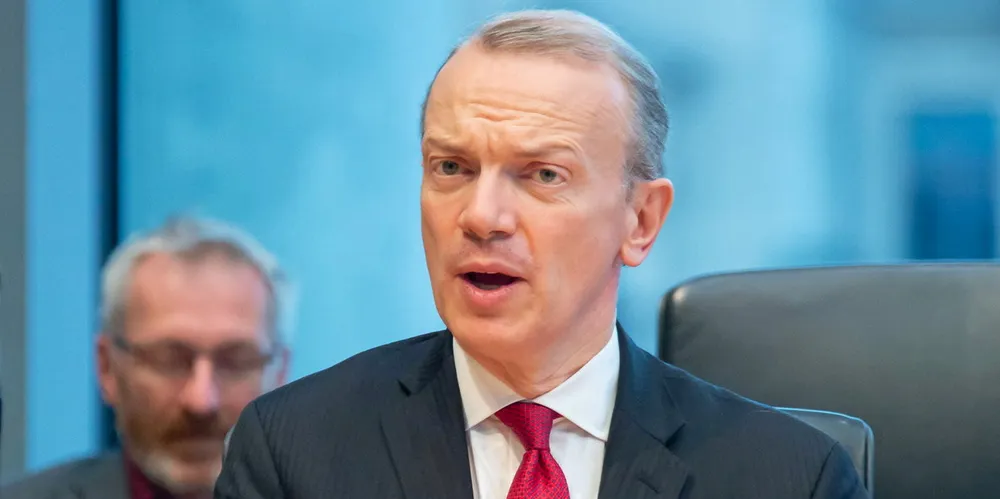COP29 host Azerbaijan strengthens ties with European wind industry
Pledges to cooperate with WindEurope in sourcing components and using non-price criteria in tenders could aim at shielding market from Chinese OEMs

Azerbaijan – the host country of the COP29 conference – as part of a memorandum of understanding (MoU) has pledged to cooperate with WindEurope in a series of areas including the sourcing of wind energy components from Europe and the use of qualitative, or non-price criteria in Caspian Sea and onshore wind tenders which could also favour European turbines.
The agreement was closed against the background of an increased push by Chinese manufacturers into the nearby Central Asian wind power market, and even into some smaller European markets. Azerbaijan is located between the Caspian Sea and Caucasus Mountains, which span Asia and Europe.
WindEurope does not mention Chinese competition but stressed how a deal with Azerbaijan could favour Europe.
“Each new wind turbine built in Europe and the neighbourhood generates on average €13m in economic activity,” WindEurope stated.
“So building more wind farms will not only help to make Azeri electricity supply greener but also leave behind significant economic benefits. And for the EU it will be another stable source of clean electricity.”
The MoU signed on Friday has the goal of advancing the deployment of onshore and offshore wind energy in the Azerbaijan and wider Caspian Sea area.
The country has great potential for wind power development, WindEurope stressed, pointing to a target by the country for renewable energy to reach 30% of its installed electricity capacity by 2030.
Azerbaijan, which will host the COP29 UN Climate Summit later this year, also plans to export much of its wind energy to Europe via a Caspian-EU green energy corridor. The country already signed an MoU with Georgia, Romania and Hungary for a subsea cable under the Black Sea.
“WindEurope are honoured to sign this MoU with Azerbaijan to help them build out their wind, both onshore and offshore in the Caspian,” WindEurope CEO Giles Dickson said.
“It’s great they want to build so much, and that they want to export the energy to Europe through the planned Black Sea cable. It’s win-win collaboration.”
(Copyright)The MoU includes a pledge to cooperate in the following areas:
- The establishment of competition criteria. This includes the use of qualitative criteria that do not just consider price but also the value added in areas such as biodiversity protection, cybersecurity and job creation.
- The recognition that maritime spatial planning and grid development are crucial for offshore wind development.
- The simplification of permitting processes to ensure an efficient buildout of new wind farms.
- The sourcing of wind energy components. This applies especially to opportunities for local and European sourcing of wind energy components.
- The exchange of best practices and knowledge for wind energy deployment and electricity grid interconnectors.
- The linking of European electricity off-takers to the wind energy generated in Azerbaijan to optimise the flow of electricity.
- The development of the Caspian-EU Green Energy Corridor. There will be more cooperation on the development of an electricity interconnector that will connect the Azeri electricity grid to the further European grid by laying a cable from Azerbaijan to Georgia, Romania and Hungary.